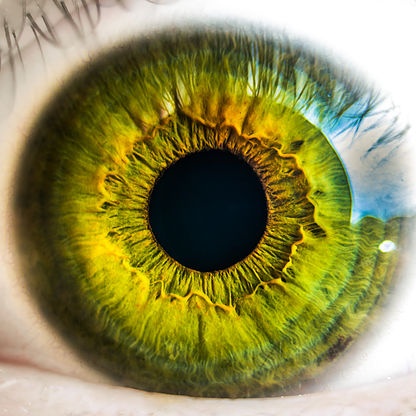
Though you might not always think about your eyes, sight is one of your most important 5 senses (and there’s a good chance it’s the one you hold most dear). Unfortunately, there are a lot of eye diseases that can endanger our vision, and in some cases, our life. Here’s the breakdown of the 5 most common sight-threatening conditions:
-
Ocular Melanoma: Ocular melanoma is a slow growing tumor in the back of the eye. Just like skin cancer on our body, we can develop this cancer (tumor) in the back of our eye because our eye also produces melanin (the pigment that gives our skin color). Symptoms might include dark spots in your vision or visible spots on your eye. To treat ocular melanoma, your doctor may recommend surgery, radiation therapy, or laser treatment.
-
Giant Cell Arteritis: Giant cell arteritis affects the entire body. This disease causes inflammation of small to medium arteries, making it difficult for parts of our body to receive fresh blood. Some of the signs of giant cell arteritis include pain when chewing and a headache around your temple area. If left untreated, there is a high risk of the arteries in the eye becoming affected, which can lead to blindness. Luckily, eye doctors can catch giant cell arteritis before it gets that severe. An eye doctor will prescribe steroids to reduce the swelling and let the blood flow smoothly again.
-
Endophthalmitis: Endophthalmitis is an infectious disease that affects the entire eye and causes severe pain, and, ultimately, blindness. This disease may lead to the necessary enucleation (removal) of the entire eye from the socket. There are surgical ways to treat endophthalmitis, such as an intravitreal injection (injecting antibiotics into the eye).
-
Horner’s Syndrome: Horner’s syndrome is a disease that indicates a cranial nerve disorder somewhere along the pathway between the brain and eye. If you have Horner’s Syndrome, you’ll start to notice a significant difference in pupil sizes, as well as a change in eye lids. If the problem is not found right away, other parts of the brain can be destroyed. There’s no specific treatment for Horner’s syndrome, because typically there’s an underlying eye condition that is the root of the problem.
-
Acanthamoeba Keratitis: Acanthamoeba keratitis is a rare disease caused by a single-celled living organism called acanthamoeba. This deadly bacteria will eat away the flesh of your eye and cause irreversible blindness within 72 hours. Symptoms of acanthamoeba keratitis are similar to other eye infections, so it’s important to check in with an eye doctor if you experience any eye pain, redness, blurred vision, or tearing. Treatment will differ among patients, but typically a doctor will prescribe medications.


